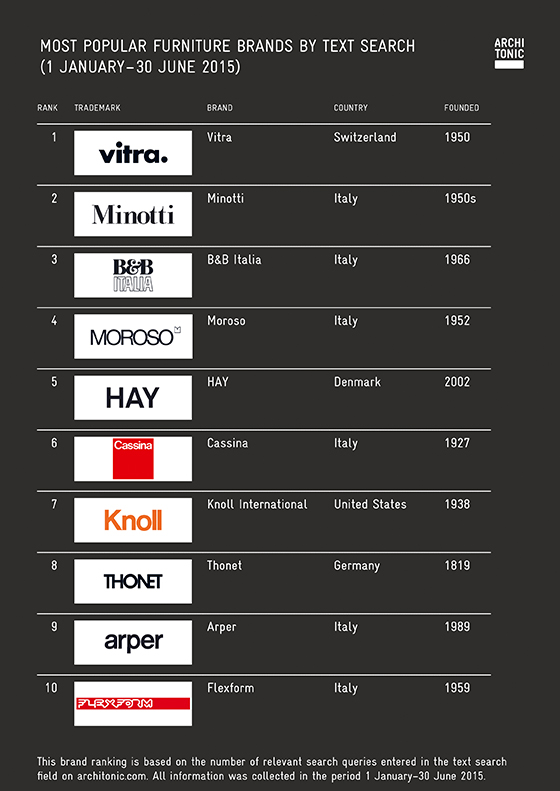Innovations in Solar Technology: Paving the Way Forward
Innovations in Solar Technology: Paving the Way Forward Solar technology advancements are revolutionizing the renewable…


Innovations in Solar Technology: Paving the Way Forward
Solar technology advancements are revolutionizing the renewable energy landscape, making solar power more efficient, affordable, and accessible than ever before. This article explores the latest innovations in solar technology, highlighting their impact on energy production, sustainability, and the future of clean energy.
Efficiency Boost with Advanced Photovoltaic Cells
One of the significant breakthroughs in solar technology is the development of advanced photovoltaic cells. These cells are designed to capture a broader spectrum of sunlight, increasing the efficiency of solar panels. Higher efficiency means more energy production from the same surface area, making solar power a more viable and potent source of renewable energy.
Thin-Film Solar Technology: Flexibility and Cost-Efficiency
Thin-film solar technology represents a departure from traditional bulky solar panels. These thin, flexible films can be integrated into various surfaces, opening up new possibilities for solar integration in architecture and everyday items. This technology not only enhances flexibility in design but also contributes to cost-efficiency, making solar energy more accessible for diverse applications.
Bifacial Solar Panels: Harnessing Reflected Sunlight
Bifacial solar panels are designed to capture sunlight from both the front and rear sides, including reflected sunlight from surrounding surfaces. This innovation significantly increases energy yield, especially in areas with high reflectivity, such as snowy environments or locations with light-colored surfaces. Bifacial technology adds another layer of efficiency to solar power generation.
Smart Solar Technologies: Enhancing System Performance
The integration of smart technologies into solar systems is transforming how solar panels operate and communicate. Smart inverters, monitoring systems, and predictive analytics enhance overall system performance. These technologies allow for real-time monitoring, remote management, and the optimization of energy production, ensuring maximum efficiency and reliability.
Floating Solar Farms: Maximizing Space Utilization
Floating solar farms represent a creative solution to the challenge of limited land availability. By installing solar panels on bodies of water, these floating solar systems maximize space utilization. They not only generate clean energy but also reduce water evaporation and provide cooling effects, making them a sustainable and efficient choice for certain environments.
Perovskite Solar Cells: Next-Generation Photovoltaics
Perovskite solar cells have emerged as a promising next-generation photovoltaic technology. These cells offer high efficiency, cost-effectiveness, and ease of production. Ongoing research aims to address stability challenges, but the potential for perovskite solar cells to become a mainstream solar technology is substantial, holding the promise of further driving down costs and increasing efficiency.
Solar Energy Storage Solutions: Overcoming Intermittency
Advancements in solar energy storage solutions are crucial for overcoming the intermittency of solar power. Energy storage technologies, such as advanced batteries, allow excess energy generated during peak sunlight hours to be stored for later use. This ensures a continuous and reliable power supply, even during periods of low or no sunlight, contributing to the stability of solar energy systems.
Transparent Solar Panels: Integration into Architecture
Transparent solar panels are reshaping how solar technology integrates into our surroundings. These panels can be incorporated into windows, facades, and other surfaces without obstructing light and visibility. This innovation holds great potential for seamlessly integrating solar power into urban environments and infrastructure, transforming buildings into energy-generating assets.
Printable Solar Technology: Scalability and Accessibility
Printable solar technology involves using specialized inks and printing processes to create solar cells on various surfaces. This innovation offers scalability and cost-effectiveness, as solar cells can be printed on flexible materials. Printable solar technology has the potential to democratize access to solar power, allowing for easy and affordable deployment in diverse settings.
Solar-Powered Water Desalination: Addressing Water Scarcity
The combination of solar power and desalination technologies addresses two critical global challenges—energy generation and water scarcity. Solar-powered water desalination systems use sunlight to purify seawater or brackish water, providing a sustainable solution for regions facing water shortages. This innovative approach has the potential to transform arid landscapes and improve water access.
Exploring the Future of Solar Technology
To delve deeper into the exciting innovations shaping the future of solar technology, visit Solar panel technology advancements. This comprehensive guide provides insights into the latest developments, emerging trends, and the transformative potential of solar technology advancements. Join the journey toward a cleaner, more sustainable energy future.






